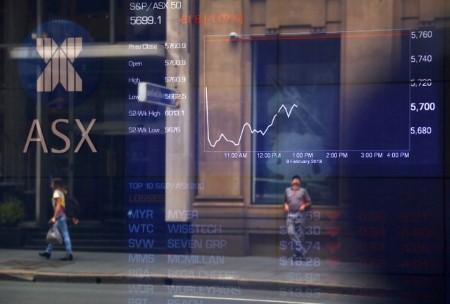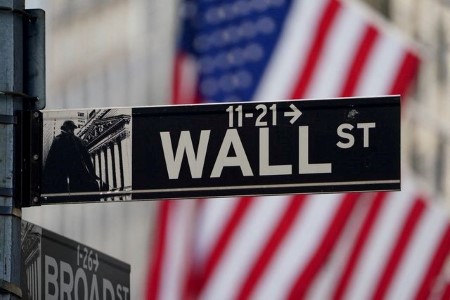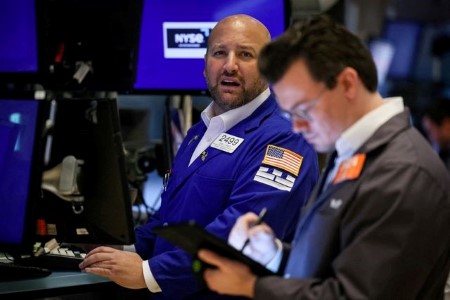NEW YORK, Oct 3 – Oil prices recovered to settle slightly higher on Tuesday after sinking to three-week lows, pressured by a stronger US dollar and darkening global economic signals but supported by tightening crude supply.
Brent crude oil futures settled 21 cents higher at USD 90.92 a barrel, after falling to a session low of USD 89.50, the lowest since Sept. 8.
US West Texas Intermediate crude (WTI), settled up 41 cents at USD 89.23 per barrel. The session low was USD 87.76, the weakest since Sept. 12.
Prices sank early as the US dollar rose to a 10-month high against a basket of major peers after US job openings data pointed to a still-tight labor market that could prompt the Federal Reserve to raise interest rates next month.
“We have seen an incredible increase in the yields and the dollar and that’s raised concerns about demand going forward,” said Phil Flynn, an analyst at Price Futures Group.
Higher interest rates and a stronger dollar make oil more expensive for holders of other currencies, which could dampen oil demand.
Investors kept an eye on any supply updates following last month’s decision by Saudi Arabia and Russia to extend output cuts to the end of the year. The two countries belong to OPEC+, the Organization of the Petroleum Exporting Countries and allies.
The producer group is expected to keep output policy unchanged when it meets on Wednesday, keeping supplies tight.
Saudi Arabia is expected to raise its November official selling price of Arab Light crude to Asia for a fifth straight month, according to a Reuters survey.
Russia is setting no time frame for a fuel export ban it introduced last month, and which will remain in place as long as necessary to stabilize prices and address shortages on the domestic market, Interfax cited Deputy Prime Minister Alexander Novak as saying.
Talks to restart Iraqi oil exports via a crude oil pipeline that runs through Turkey are still ongoing, an Iraqi oil official told Reuters, a day after Turkey said operations would restart this week after nearly a six-month stoppage.
“In theory, under the terms of the OPEC+ deal, production (outside the Gulf Cooperation Council) should remain flat over Q4. However, Iraq’s compliance has been somewhat spotty in the past and export levels should be expected to rise, assuming the pipeline resumes operations as planned,” BMI Research analysts said.
Iraq, OPEC’s second-biggest producer, also said it would award 30 new oil and gas projects in its fifth and sixth licensing rounds.
In US supply, industry data showed crude stocks fell by about 4.2 million barrels in the week ended Sept. 29, according to market sources citing American Petroleum Institute figures on Tuesday.
US government data on stockpiles is due on Wednesday. Eight analysts polled by Reuters estimated on average that crude inventories fell by about 500,000 barrels in the week to Sept. 29.
(Reporting by Stephanie Kelly, Natalie Grover, Laura Sanicola and Trixie Yap, Editing by Marguerita Choy, Mark Potter, Paul Simao, and David Gregorio)







 DOWNLOAD
DOWNLOAD












